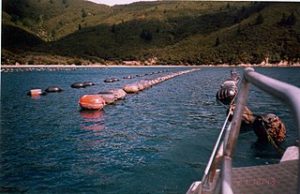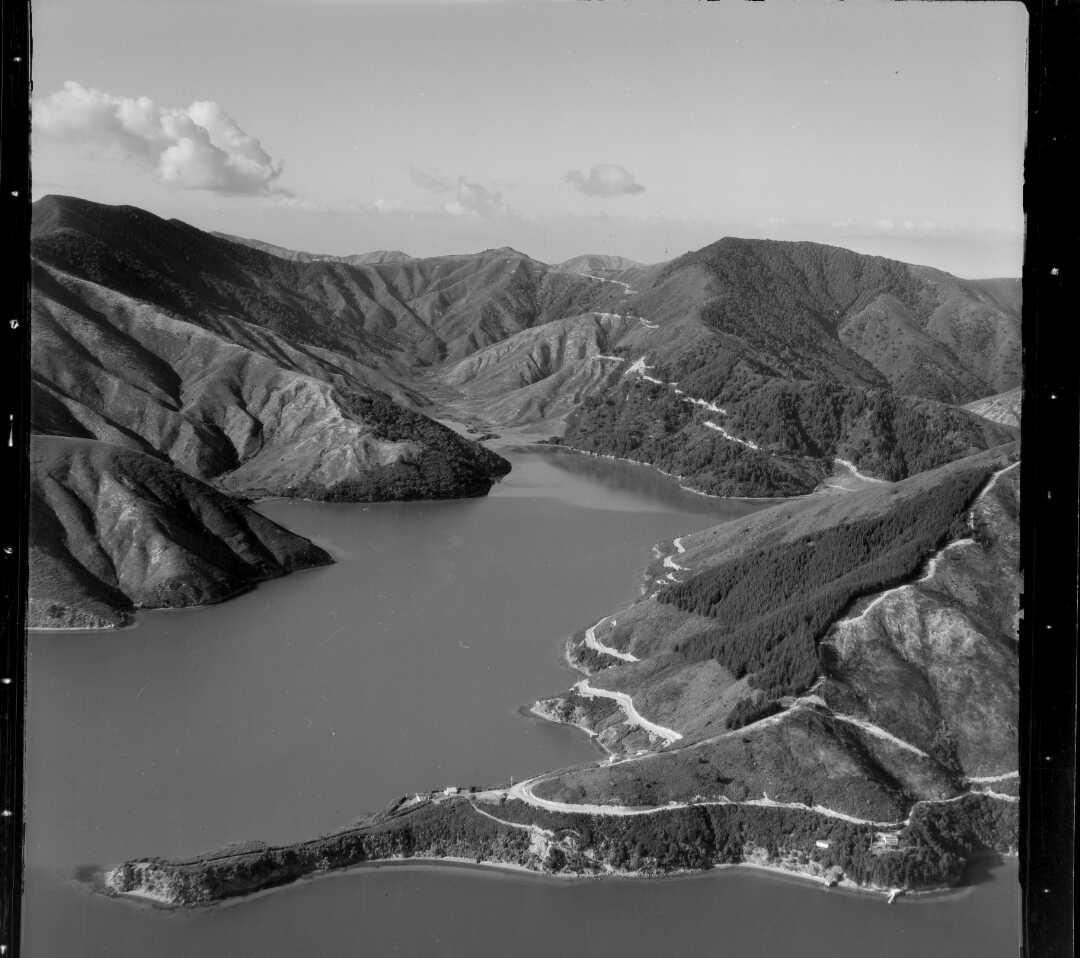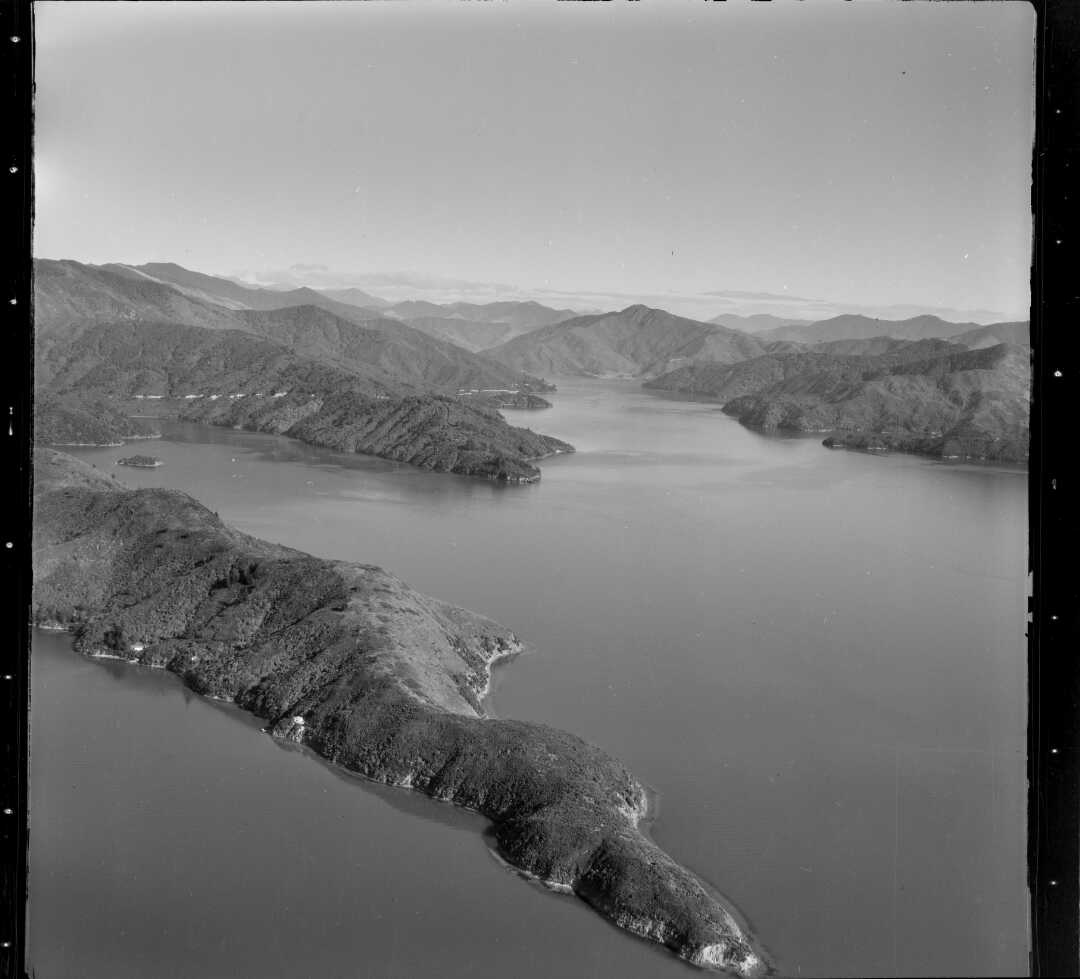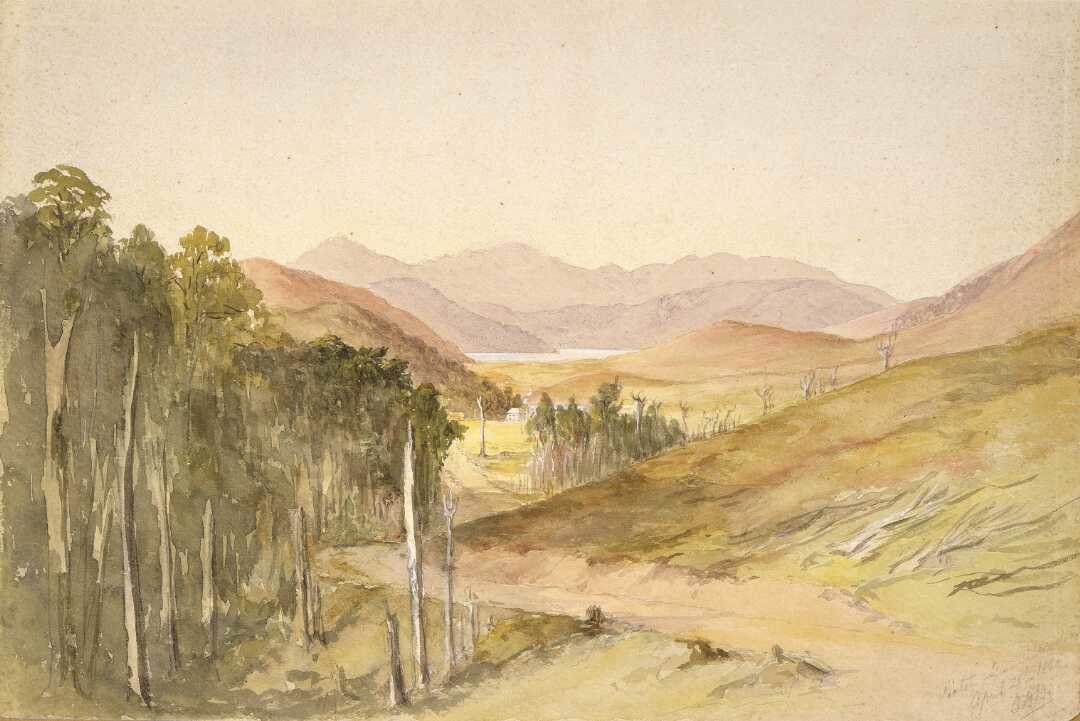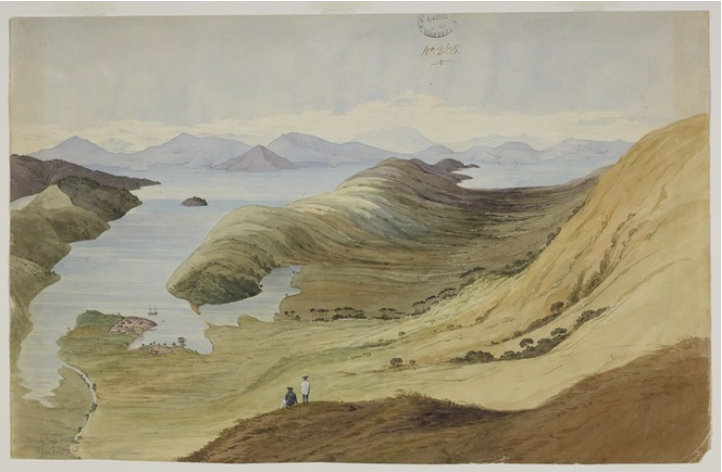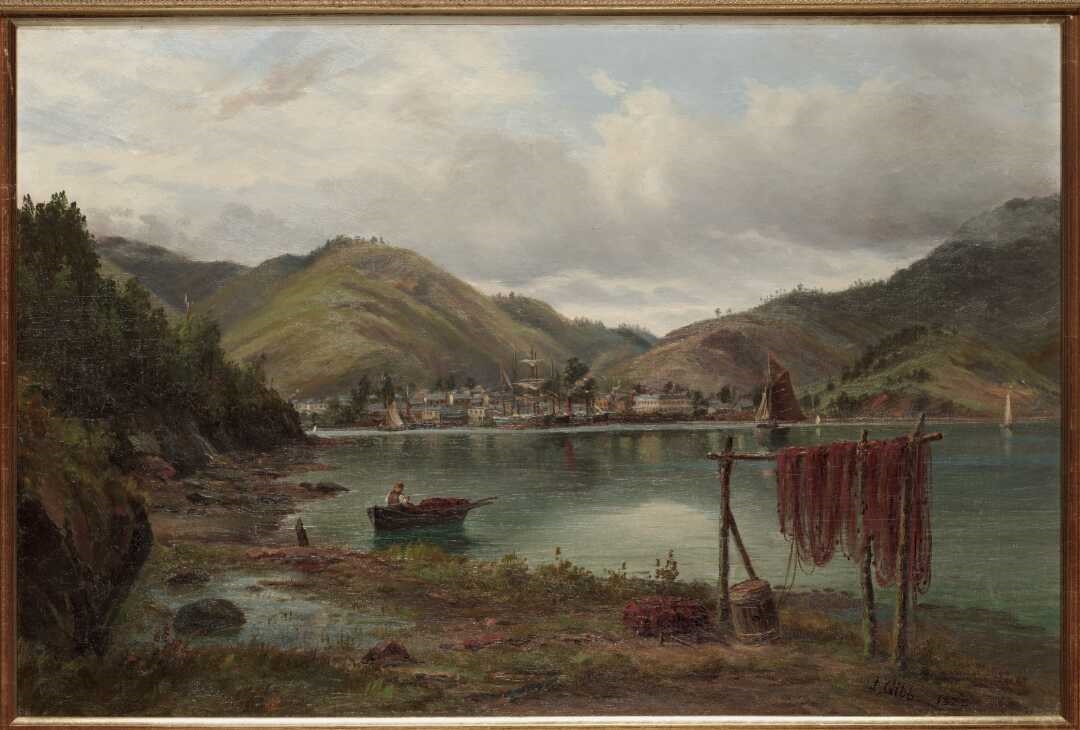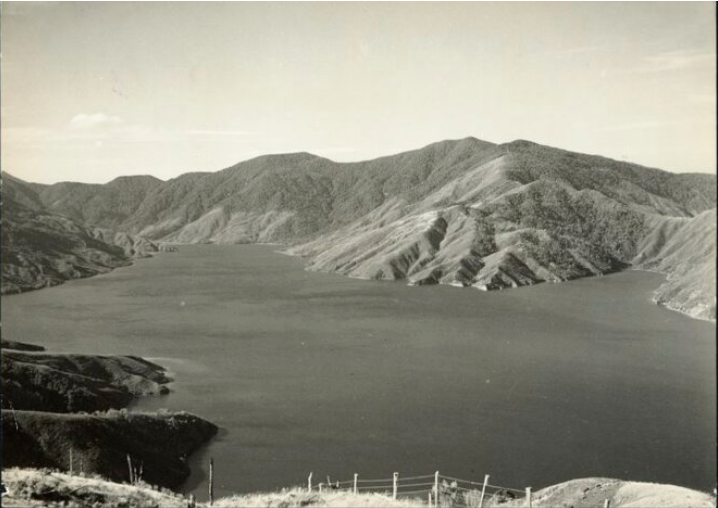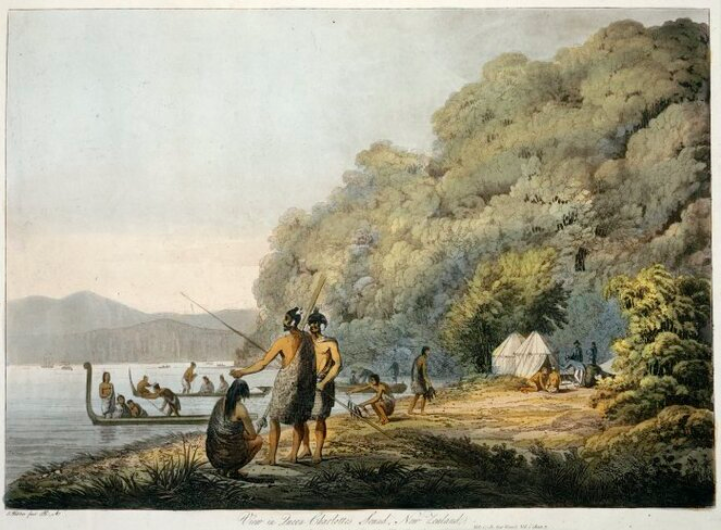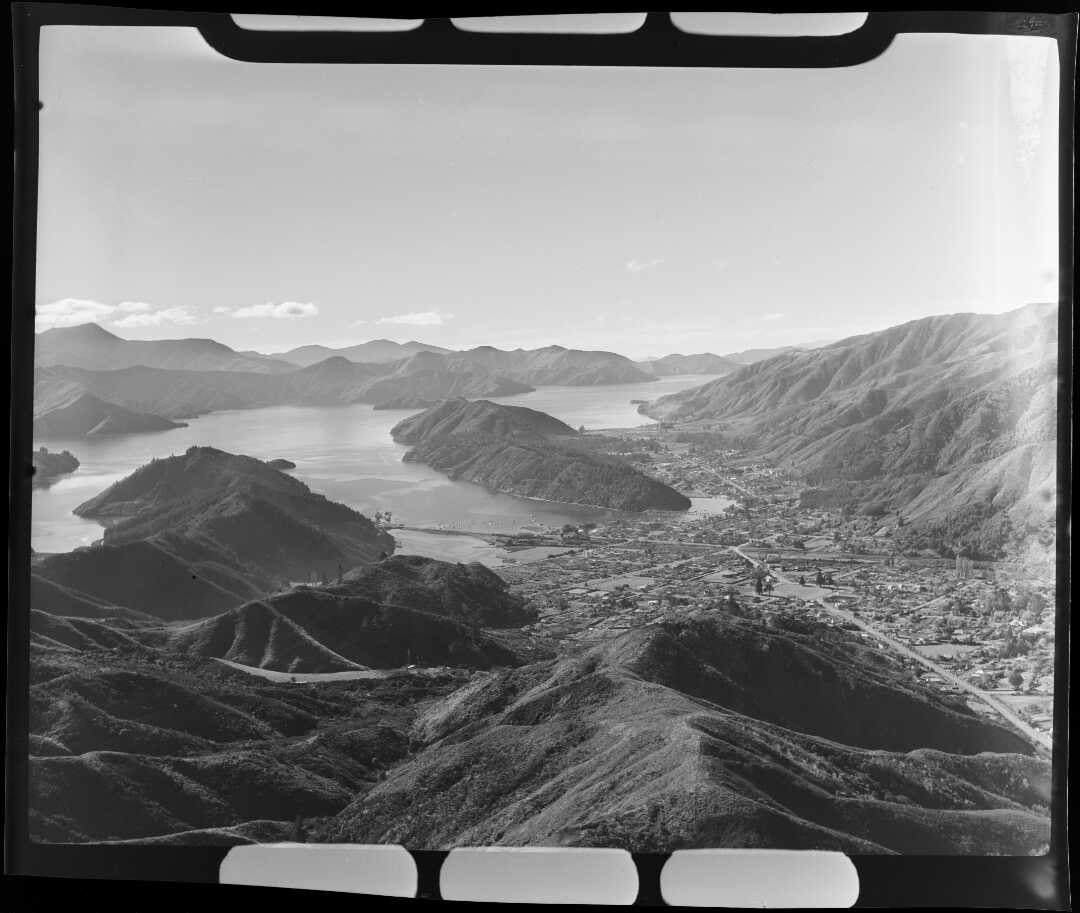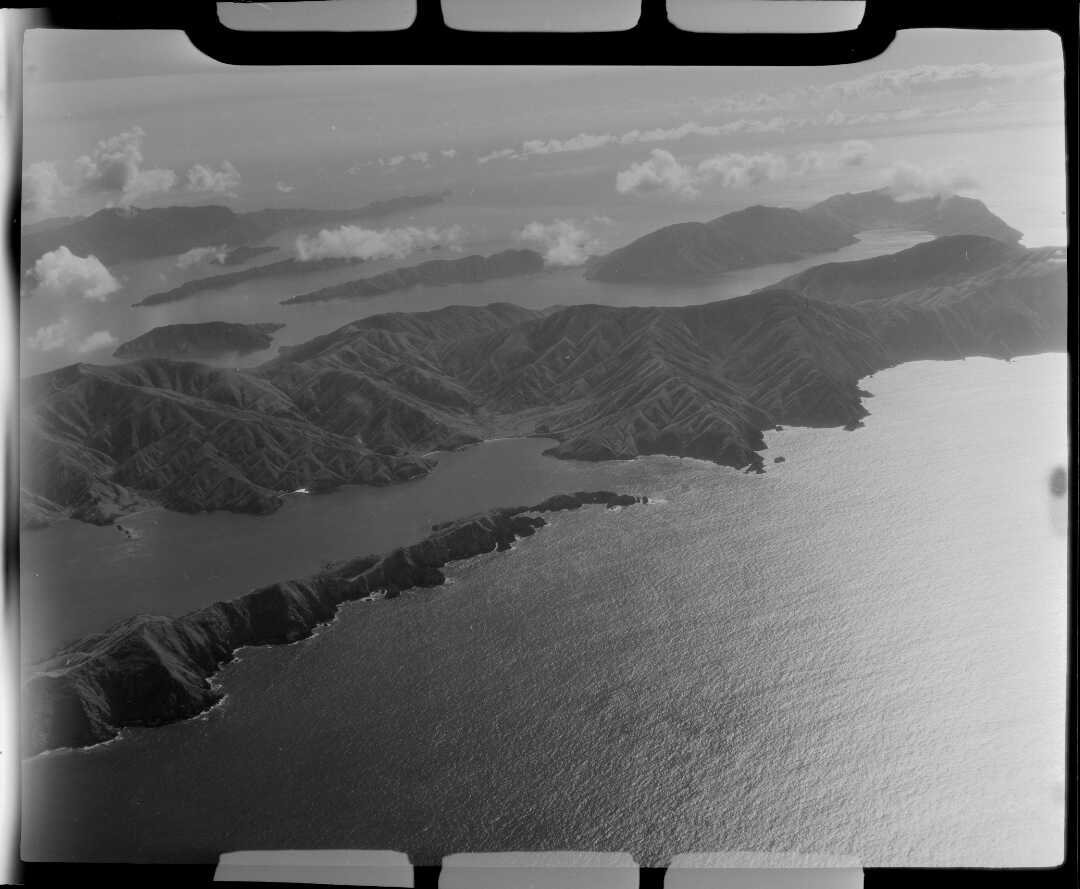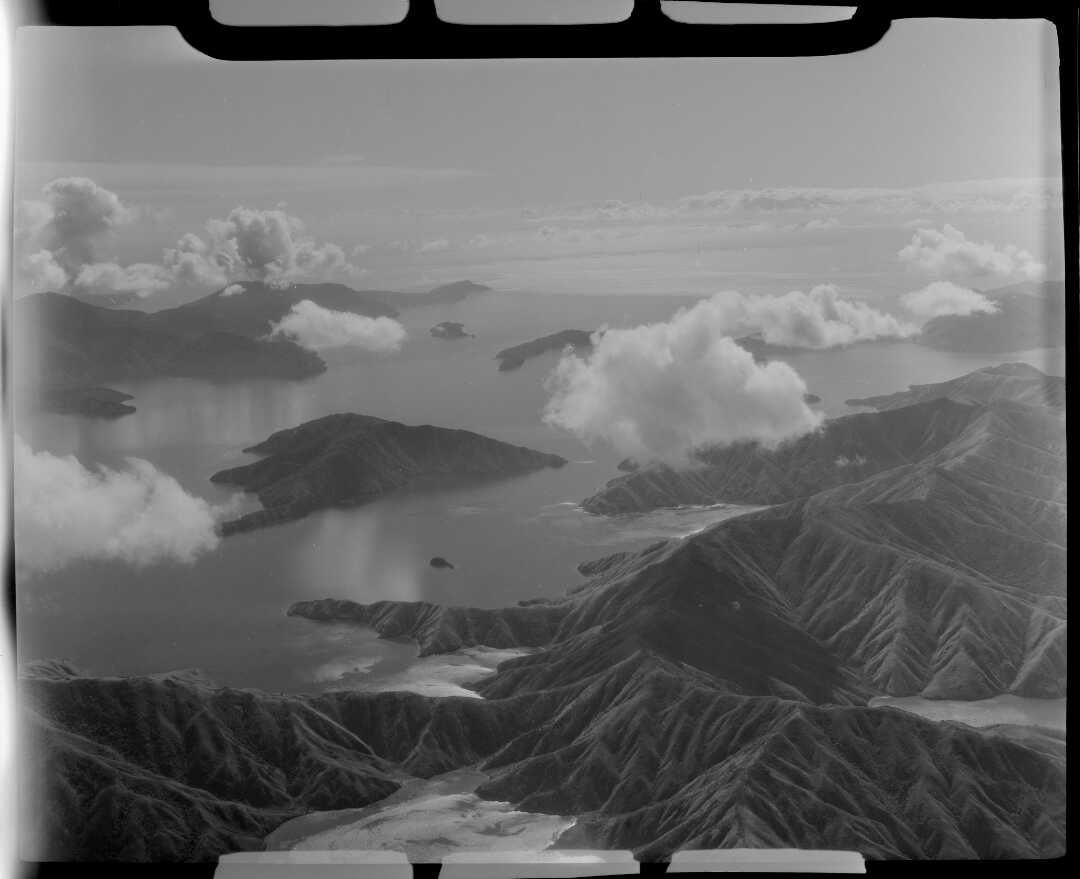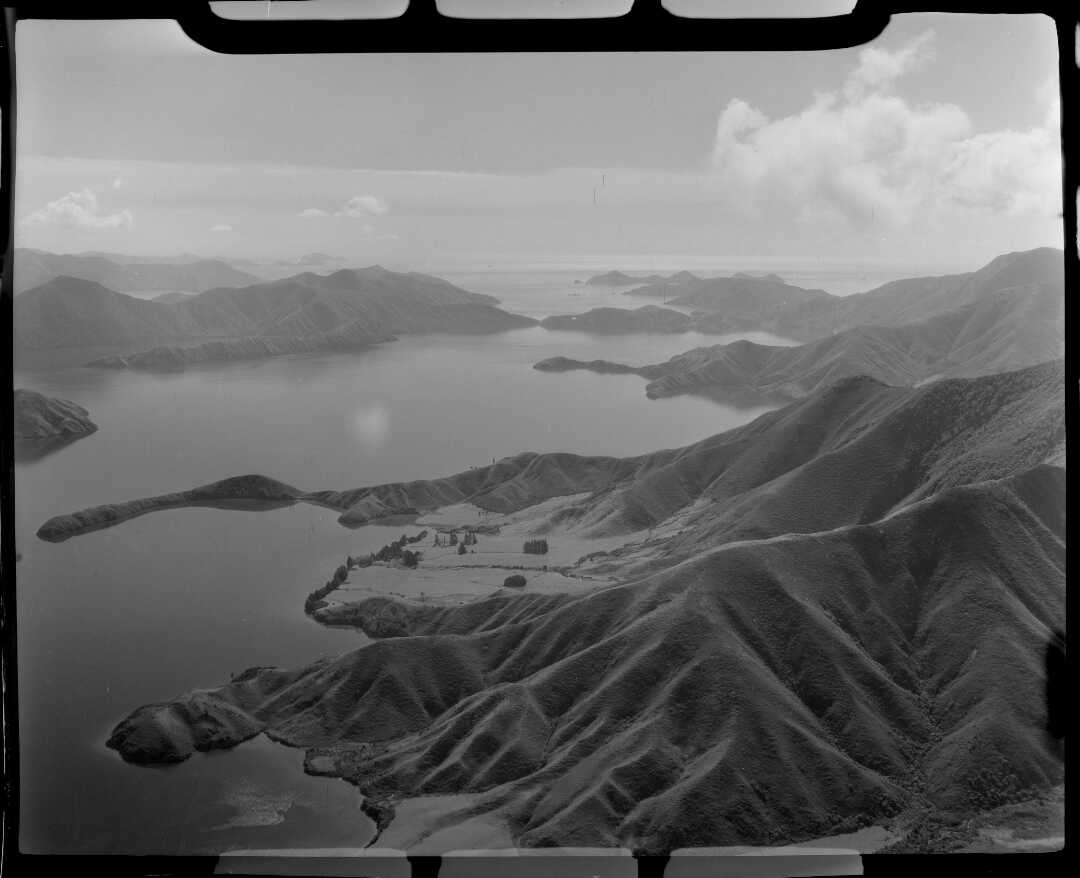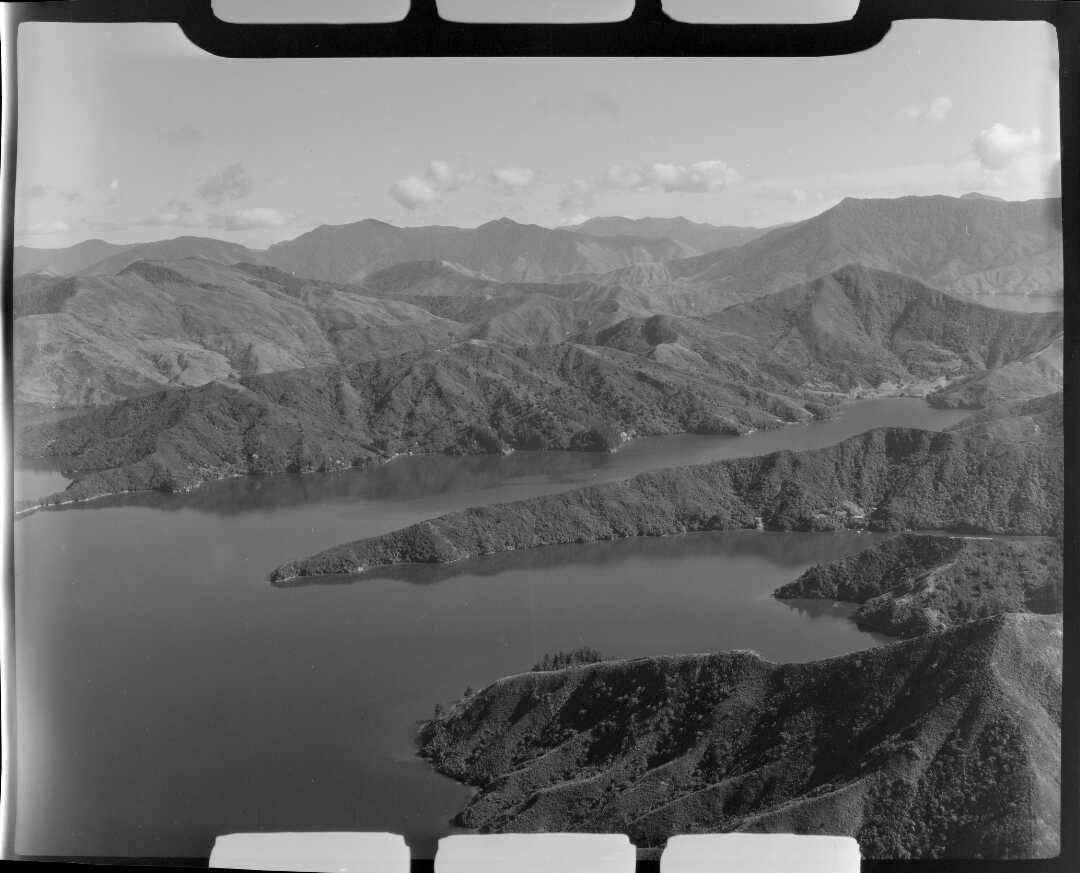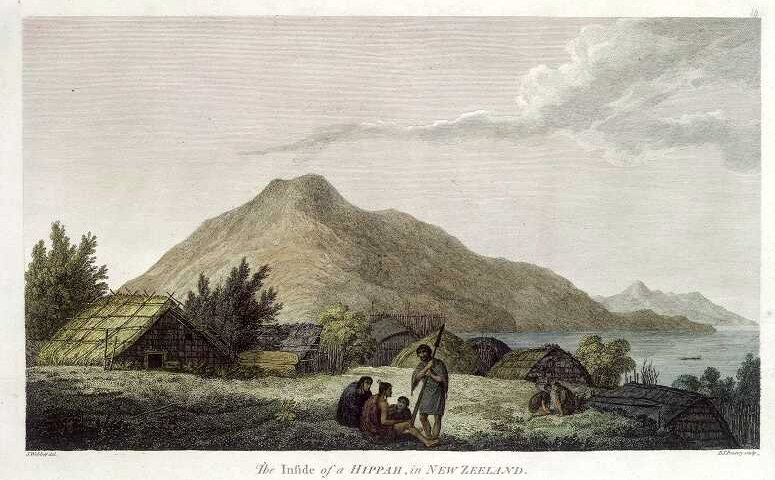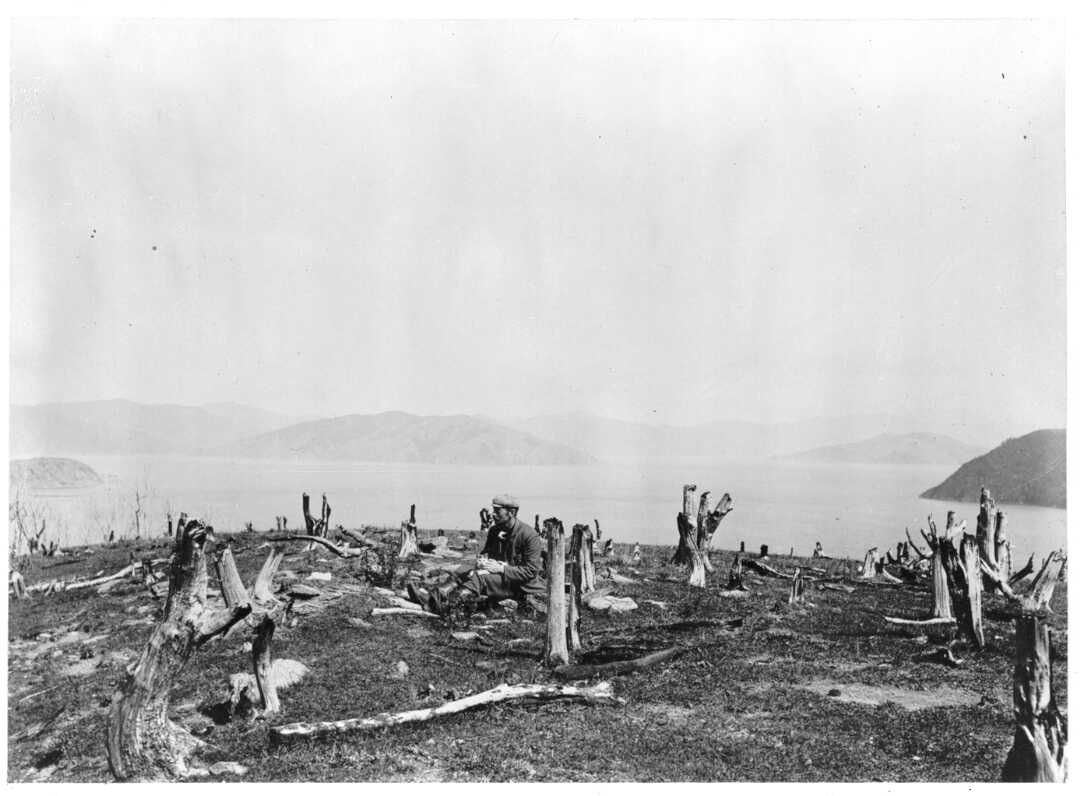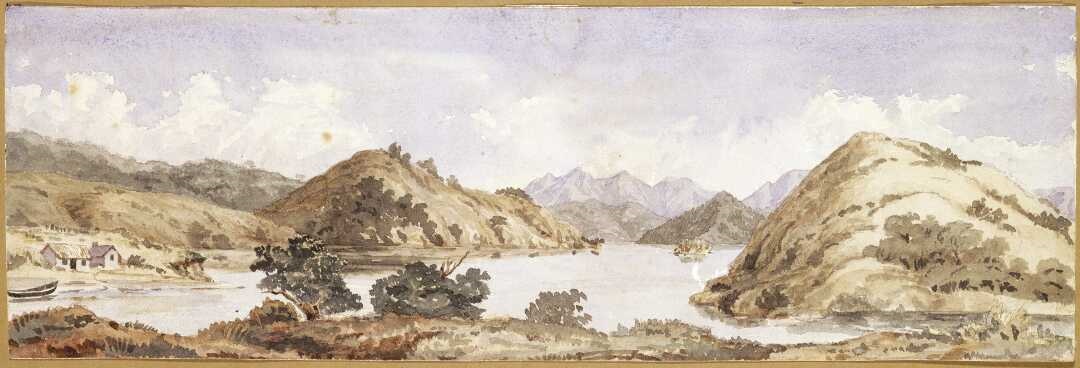The Marlborough Sounds has a rich and colourful history. The Marlborough Sounds are located at the top of the South Island of New Zealand and are a network of rias / sunken river valleys formed by the partial submergence of unglaciated river valleys. Queen Charlotte Sound / Tōtaranui is the easternmost of the main sounds of the Marlborough Sounds.
Tōtaranui translates to mean many Tōtara trees. Tōtara are a type of Podocarp that can only be found in New Zealand. They are a medium to large tree which grows slowly to around 20 to 25 m with some reaching 35 to 40 m in height. It can grow for over a thousand years and its trunk can grow to a diameter of 4m. Trees are either male or female with the female producing bright red fruit.
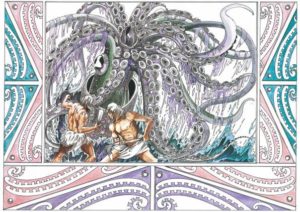
The other legend is of Māori gods who came down from the heavens in a great canoe and then found themselves unable to return. The canoe capsized and its keel rose to form the Southern Alps while its prow shattered into many pieces and sank, its ridges becoming the network of waterways known today as the Marlborough Sounds.
Māori have inhabited New Zealand for more than 1000 years and it is believed that they have had a presence in the Marlborough Sounds since around that time. At the time about 75% of the land is thought to have been covered by native forest. Mobility was crucial during this early existence as settlement followed food source. There were many small settlements throughout the Marlborough Sounds and several different iwi (tribes) have affiliations to this place.
The first known European to visit Queen Charlotte Sound / Tōtaranui was the famous English explorer, Captain James Cook, on the HMS Endeavour. It was from a hill on Arapaoa [formerly Arapawa] Island in 1770 that they discovered the sea passage from the Pacific Ocean to the Tasman Sea. It was named Cook Strait in his honour. Captain Cook sheltered in Queen Charlotte Sound / Tōtaranui during each of his three voyages of exploration and named it after Queen Charlotte of Mecklenburg-Strelitz, wife of British ruler George III.
Major bays include Picton / Waitohi, Waikawa, Cannibal Cove, Ship Cove Ship Cove, Resolution Bay, Endeavour Inlet, Bay of Many Coves, and East Bay on Arapaoa Island.
There are a number of smaller islands in the Queen Charlotte Sound / Tōtaranui including:
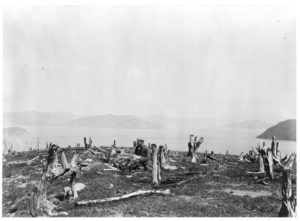
Highest point on Motuara Island 30 March 1902, Queen Charlotte Sound / Tōtaranui. Russell James Duncan. Alexander Turnbull Library, Wellington.
Motuara is a historic reserve due to Cook raising his flag on Motuara to claim the adjacent lands for George III on 31 January 1770.
Long Island, which is surrounded by Long Island / Kokomohua Marine Reserve. Blumine Island / Ōruawairua and Pickersgill Island / Matapara are both Department of Conservation Scenic Reserves.
Several industries developed over time in the area, such as farming, forestry, mining, fishing and mussel and salmon farming. The area was also a base for whaling throughout the 19th and early 20th centuries, notably at Perano Head on Arapaoa Island.
Land was cleared by fire, with timber used only when convenient. It is thought that little more than 10% of the native forest was used for timber, the rest being burnt. In 1962 government loans, and then grants, were made available to landowners who planted trees. As a result large areas of pine trees were planted.
Usually the trees were Pinus Radiata as they are fast growing and produce medium density softwood. Sometimes the feasibility of future maintenance and harvesting were secondary considerations, resulting in trees being planted in areas where it may never be economic to harvest the trees.
Fishing has been part of life in the area since Māori first arrived with customary, recreational and commercial fishing industries coexisting in the area. In New Zealand fisheries is managed by the Ministry for Primary Industries / Manatū Ahu Matua. They utilise a Quota Management System to set a total allowable catch for every fish species, in an effort to have sustainable fisheries.
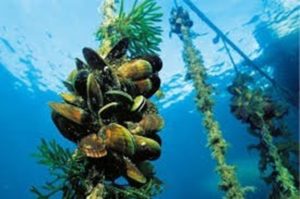
The green-lipped mussel is endemic to New Zealand and was traditionally harvested by hand from intertidal rocks. In the late 1960s the green-lipped mussel was used to trial growing mussel spat (young mussels) on ropes suspended from rafts. The Marlborough Sounds provided sheltered environments, with clean water rich in plankton. The cultured mussels were ready for harvest after 12 to 18 months, and first went on sale in 1971. This has grown to an industry now worth over $200 million.
There are two types of wild oysters in New Zealand, Bluff oysters and rock oysters. Both have been commercially harvested since the mid-19th century. In about 1970 another oyster started outgrowing the native rock oyster. This newcomer was the Pacific oyster, which had probably been introduced into New Zealand waters in the 1950s from a Japanese vessel hull or in their ballast water. By the mid-1970s, it had become the main farm-raised oyster as it grow three times faster than native rock oysters. This has grown to an industry now worth over $30 million in annual sales.
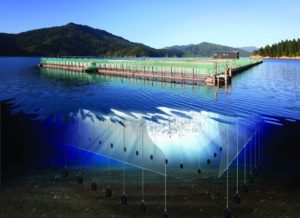
Other species such as blackfoot pāua, kina, shortfin and longfin eels, sea sponge, sea cucumber, red seaweed, giant kelp may one day also play a significant part in the aquaculture industry.

